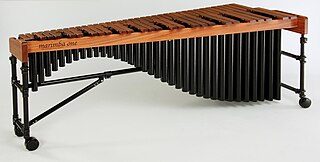
The marimba is a musical instrument in the percussion family that consists of wooden bars that are struck by mallets. Below each bar is a resonator pipe that amplifies particular harmonics of its sound. Compared to the xylophone, the marimba has a lower range. Typically, the bars of a marimba are arranged chromatically, like the keys of a piano. The marimba is a type of idiophone.

The vibraphone is a percussion instrument in the metallophone family. It consists of tuned metal bars and is typically played by using mallets to strike the bars. A person who plays the vibraphone is called a vibraphonist,vibraharpist, or vibist.

The xylorimba is a pitched percussion instrument similar to an extended-range xylophone with a range identical to some 5-octave celestas or 5-octave marimbas, though typically an octave higher than the latter. Despite its name, it is not a combination of a xylophone and a marimba; its name has been a source of confusion, as many composers have called for a 'xylorimba', including Alban Berg, Pierre Boulez and Olivier Messiaen, but for parts requiring only a four-octave xylophone. However, Pierre Boulez wrote for two five-octave xylorimbas in Pli selon pli.

Percy Aldridge Grainger was an Australian-born composer, arranger and pianist who moved to the United States in 1914 and became an American citizen in 1918. In the course of a long and innovative career he played a prominent role in the revival of interest in British folk music in the early years of the 20th century. Although much of his work was experimental and unusual, the piece with which he is most generally associated is his piano arrangement of the folk-dance tune "Country Gardens".
Paul Creston was an Italian American composer of classical music.
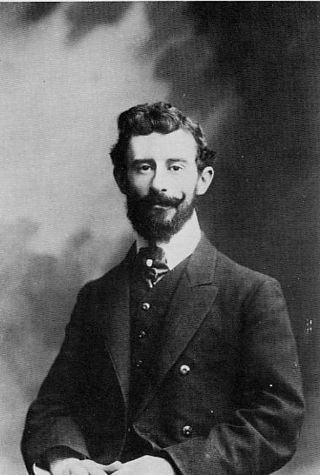
Miroirs is a five-movement suite for solo piano written by French composer Maurice Ravel between 1904 and 1905. First performed by Ricardo Viñes in 1906, Miroirs contains five movements, each dedicated to a fellow member of the French avant-garde artist group Les Apaches.
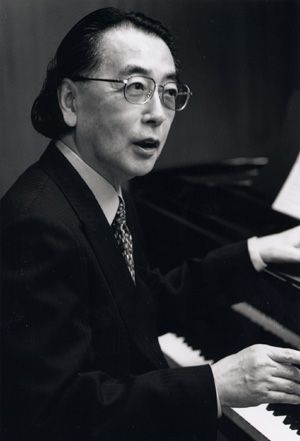
Toshi Ichiyanagi was a Japanese avant-garde composer and pianist. One of the leading composers in Japan during the postwar era, Ichiyanagi worked in a range of genres, composing Western-style operas and orchestral and chamber works, as well as compositions using traditional Japanese instruments. Ichiyanagi is known for incorporating avant-garde techniques into his works, such as chance music, extended technique, and nontraditional scoring. Ichiyanagi was married to artist Yoko Ono from 1956 to 1962.

The marimbaphone is an obsolete tuned percussion instrument, developed by J. C. Deagan, Inc., of Chicago, Illinois, in the early 20th century.
The Second Suite in F for Military Band is Gustav Holst's second of his two suites for concert band. Although performed less frequently than the First Suite in E♭, it is still a staple of the band repertoire. The Second Suite, written in 1911 and first published in 1922, dedicated to James Causley Windram, is longer and considered more difficult to play than its sister suite.
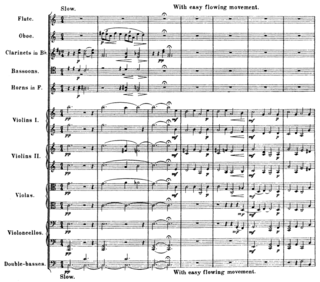
On Hearing the First Cuckoo in Spring is a tone poem composed in 1912 by Frederick Delius. Together with Summer Night on the River it is one of Delius's Two Pieces for Small Orchestra. The two were first performed in Leipzig on 23 October 1913, conducted by Arthur Nikisch.On Hearing the First Cuckoo in Spring is the longer of the two pieces, with a typical playing time of between six and seven minutes. There have been numerous recordings of the piece, which Delius's champion Sir Thomas Beecham described as much the best known of the composer's works.
"Sheep may safely graze" is a soprano aria by Johann Sebastian Bach to words by Salomon Franck. The piece was written in 1713 and is part of the cantata Was mir behagt, ist nur die muntre Jagd, BWV 208, also known as the Hunting Cantata.

Norman Houston O'Neill was an English composer and conductor of Irish background who specialised largely in works for the theatre.
Night music is a musical style of the Hungarian composer Béla Bartók which he used mostly in slow movements of multi-movement ensemble or orchestra compositions in his mature period. It is characterized by "eerie dissonances providing a backdrop to sounds of nature and lonely melodies".
Robert Paterson is an American composer of contemporary classical music, as well as a conductor and percussionist. His catalog includes over 100 compositions. He has been called a "modern day master" and is primarily known for his colorful orchestral works, large body of chamber music and clear vocal writing in his operas, choral works, vocal chamber works and song cycles.

Colonial Song is a musical composition written by Australian composer Percy Grainger. Although Grainger created versions for different types of musical ensembles, its most commonly used version today is for concert band.
Clair Omar Musser (1901–1998) was a marimba virtuoso, a conductor and promoter of marimba orchestras, a composer, a teacher, a designer of keyboard percussion instruments, an inventor, and an engineer for Hughes Aircraft.
Alexandra Pierce was an American composer, pianist, music theorist, movement educator, author, and Emerita Research Professor of Music and Movement at the University of Redlands.
The Percussion Concerto No. 2 is a concerto for solo percussion and orchestra by the Scottish composer James MacMillan. The work was jointly commissioned by the Netherlands Radio Philharmonic, the Philharmonia Orchestra, the Orchestre national du Capitole de Toulouse, the Cabrillo Festival of Contemporary Music, the Baltimore Symphony Orchestra, and the São Paulo State Symphony. It was first performed on November 7, 2014 at TivoliVredenburg in Utrecht, the Netherlands, by percussionist Colin Currie and the Netherlands Radio Philharmonic under conductor James Gaffigan. The composition is MacMillan's second percussion concerto after 1992's Veni, Veni, Emmanuel.
Woof! or Woof! Percussion Ensemble were an Australian classical music, four-piece percussion ensemble formed in February 1995 by Robert Cossom, Matthew Goddard, Stephen Hardie and Tracey Patten. In July 1997 they appeared on Australian Broadcasting Corporation's radio, ABC Classic FM's Sunday Live presented by Peter Clarke performing at Iwaki Auditorium, Melbourne. Instrumentation used included xylophone, marimba, vibraphone, drums, key and non-pitched percussion, and log drums.
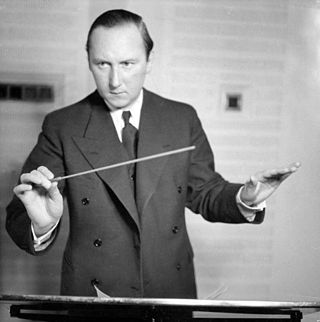
A Winter's Tale, Op. 18, is a four-movement suite for orchestra written from 1937 to 1938 by Swedish composer Lars-Erik Larsson. The Epilogue (No. 4) is often performed and recorded as a stand-alone concert piece.










